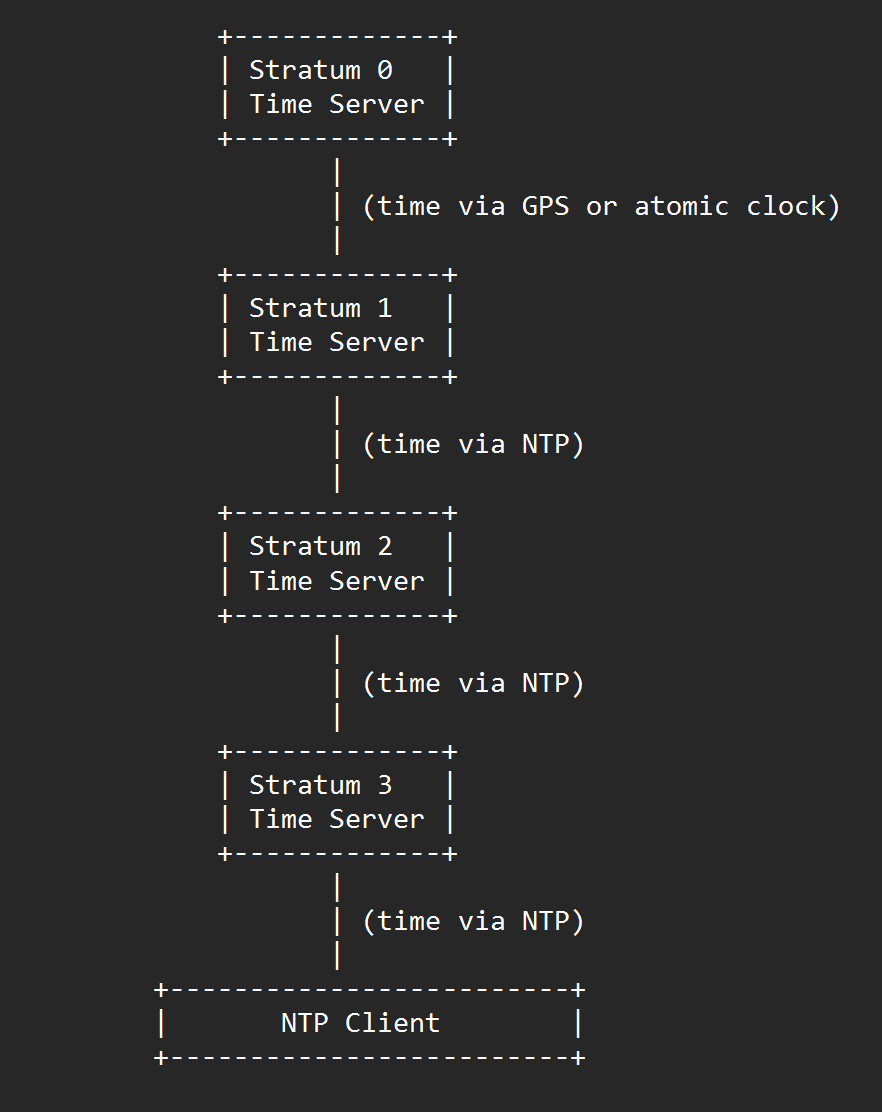Network Time Protocol (NTP)

NTP
Network Time Protocol
NTP is a protocol used to synchronize the clocks of computer systems over a network.
Port: 123 UDP | RFC:5905
OSI Layer: 7 (Application Layer)
Cyber Security Stance:
Designed by Vivekanand Padala
Protocol Overview
NTP was first developed in the 1980s and has since become the de facto standard for time synchronization in most computer networks.
The primary purpose of NTP is to ensure that all devices on a network have consistent time settings.
NTP uses a hierarchical system of time servers to synchronize time across a network. The most accurate time sources are known as "stratum 0" servers, which are typically atomic clocks or GPS receivers that provide a highly accurate time reference.
NTP clients use a combination of algorithms to select the most accurate time source available and adjust their clocks accordingly. The protocol allows for small adjustments to be made to a client's clock over time, ensuring that it stays in sync with the rest of the network.
NTP workflow
- NTP clients initiate a time synchronization request to an NTP server by sending an NTP packet over the network.
- The NTP server receives the request and responds with an NTP packet containing its current time and other information, such as its stratum level and reference clock.
- The client receives the response from the server and calculates the time difference between its clock and the server's clock. This calculation takes into account any network delays and variations in clock speed.
- The client uses the time difference calculation to adjust its own clock, bringing it into sync with the server's clock.
- The client continues to periodically exchange NTP packets with the server, making small adjustments to its clock as needed to maintain synchronization.
- The NTP server itself may also synchronize its clock with a more accurate time source, such as an atomic clock or GPS receiver, to maintain its own accuracy and provide more precise time to its clients.
- The hierarchical system of time servers used by NTP helps to ensure that accurate time information is propagated throughout the network, with the most accurate time sources being used by higher-level servers to synchronize lower-level servers and clients.

